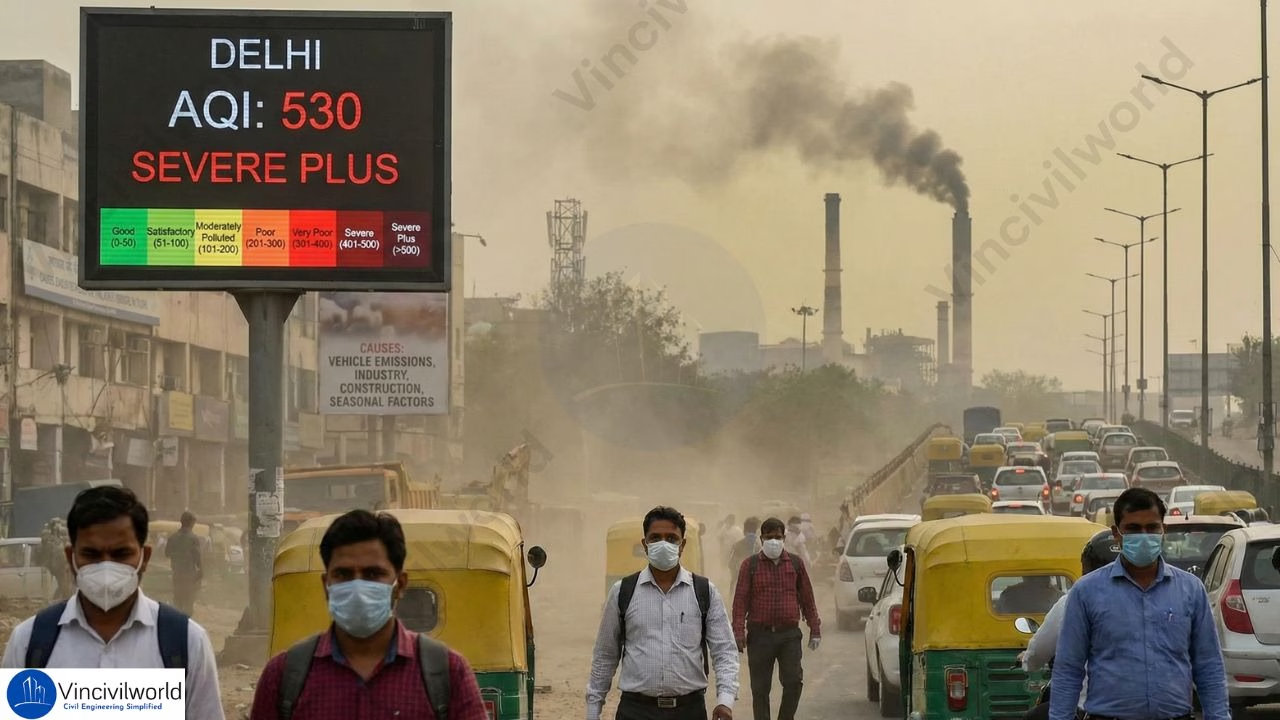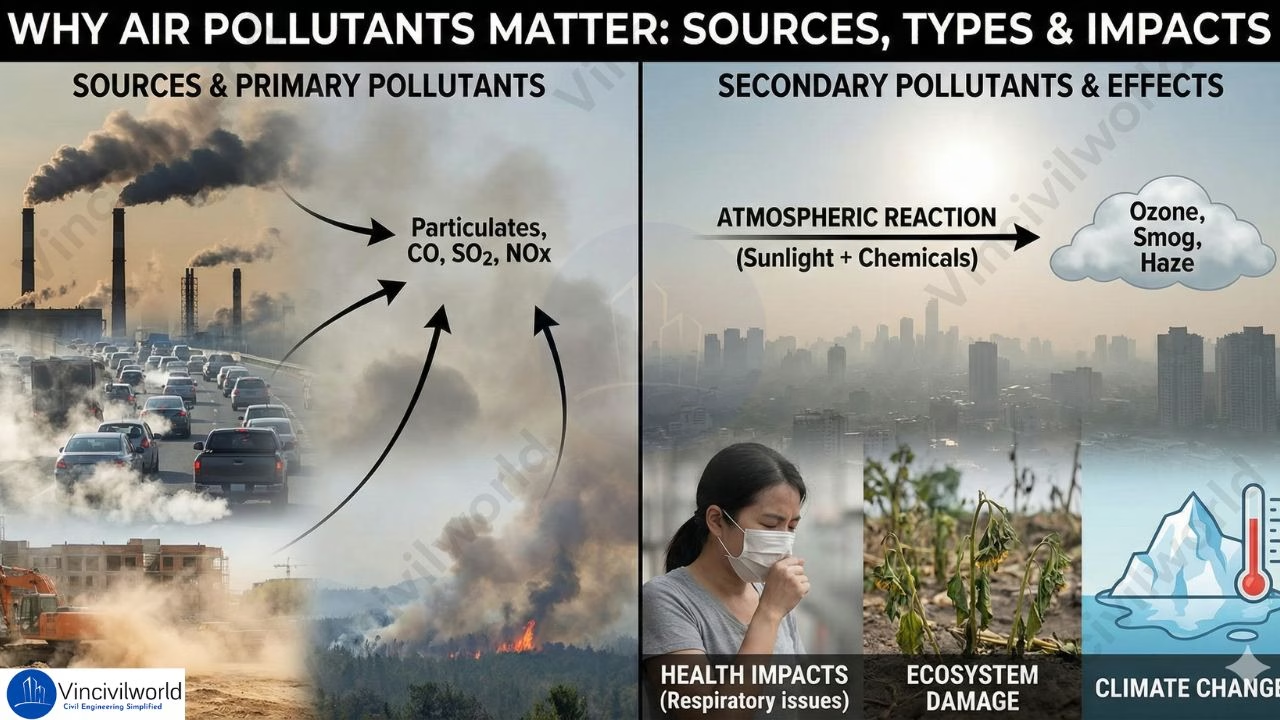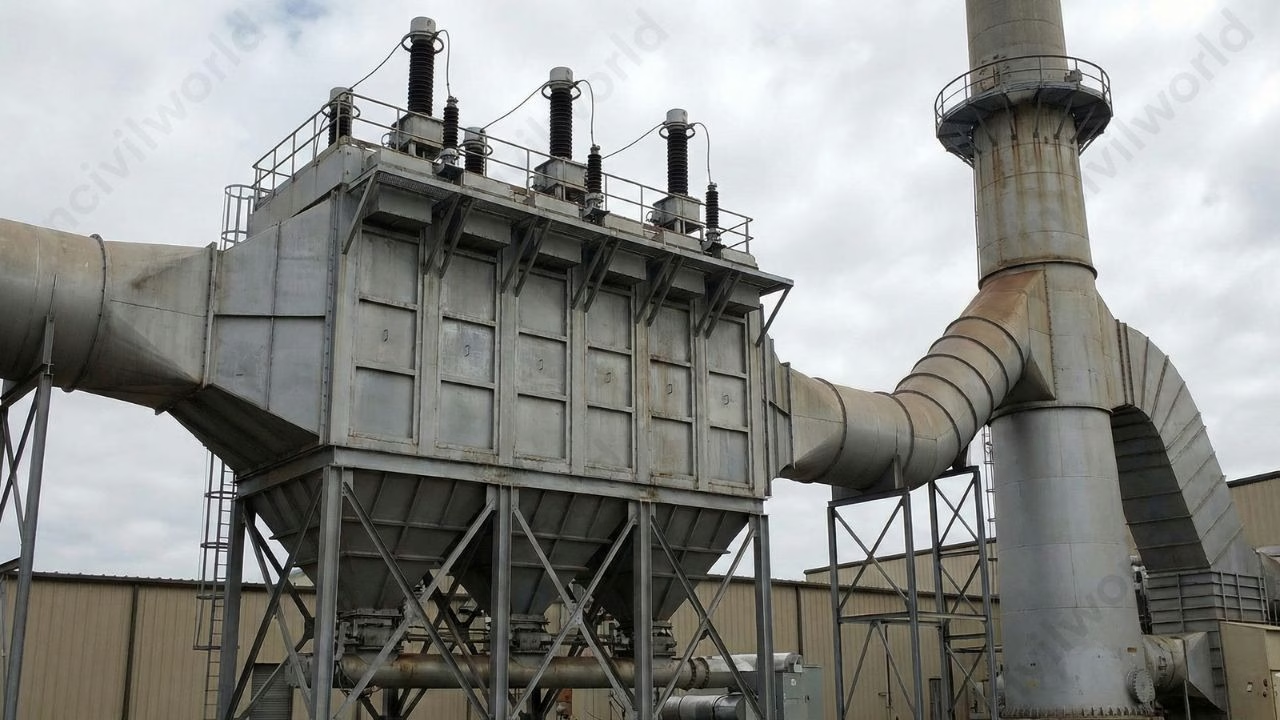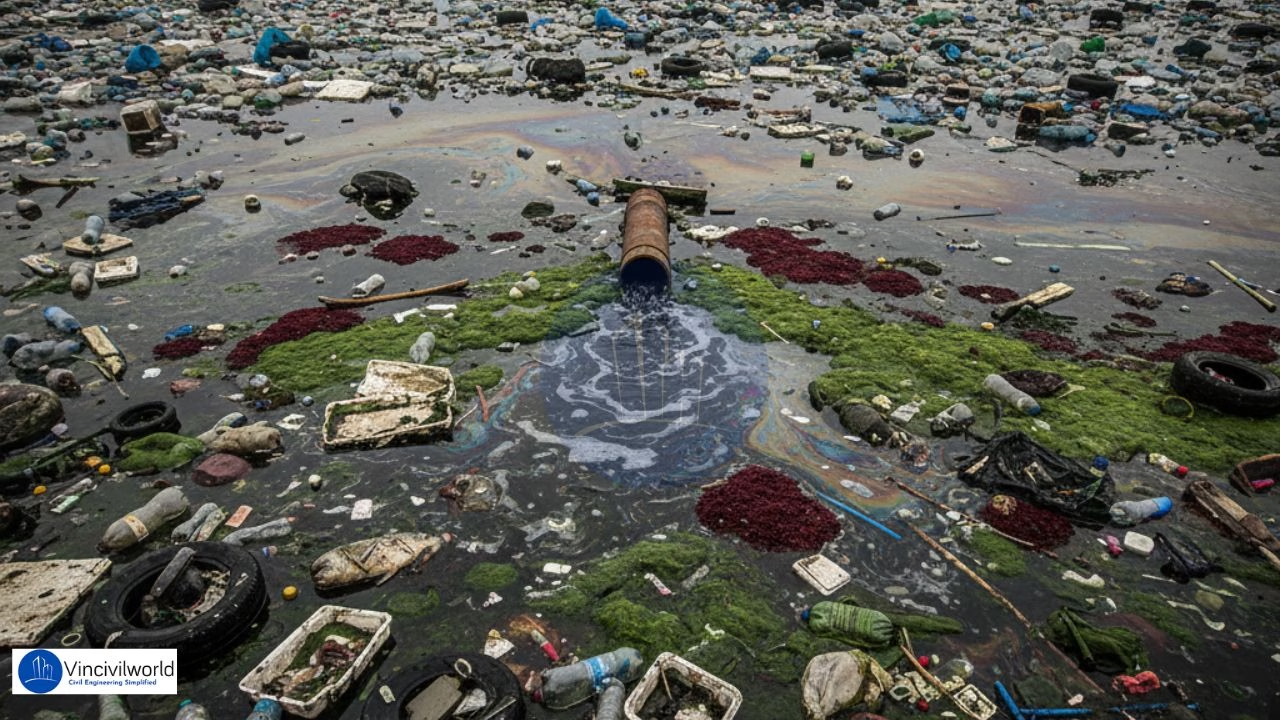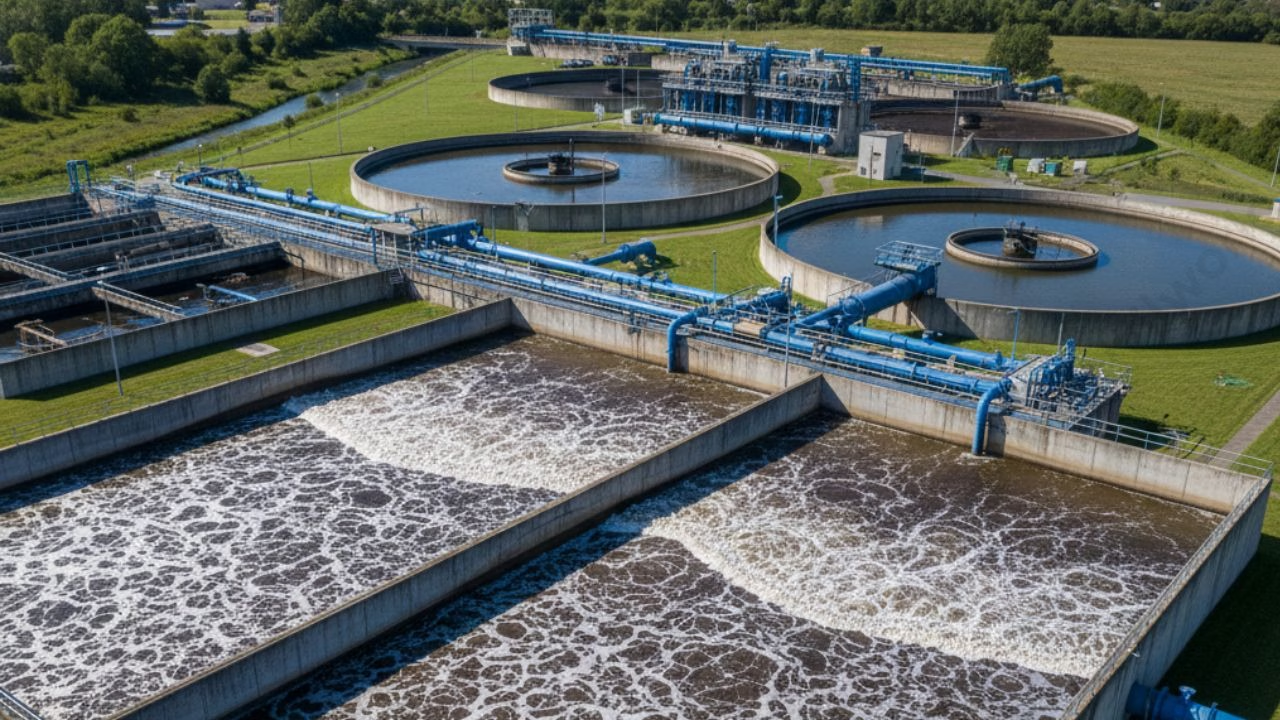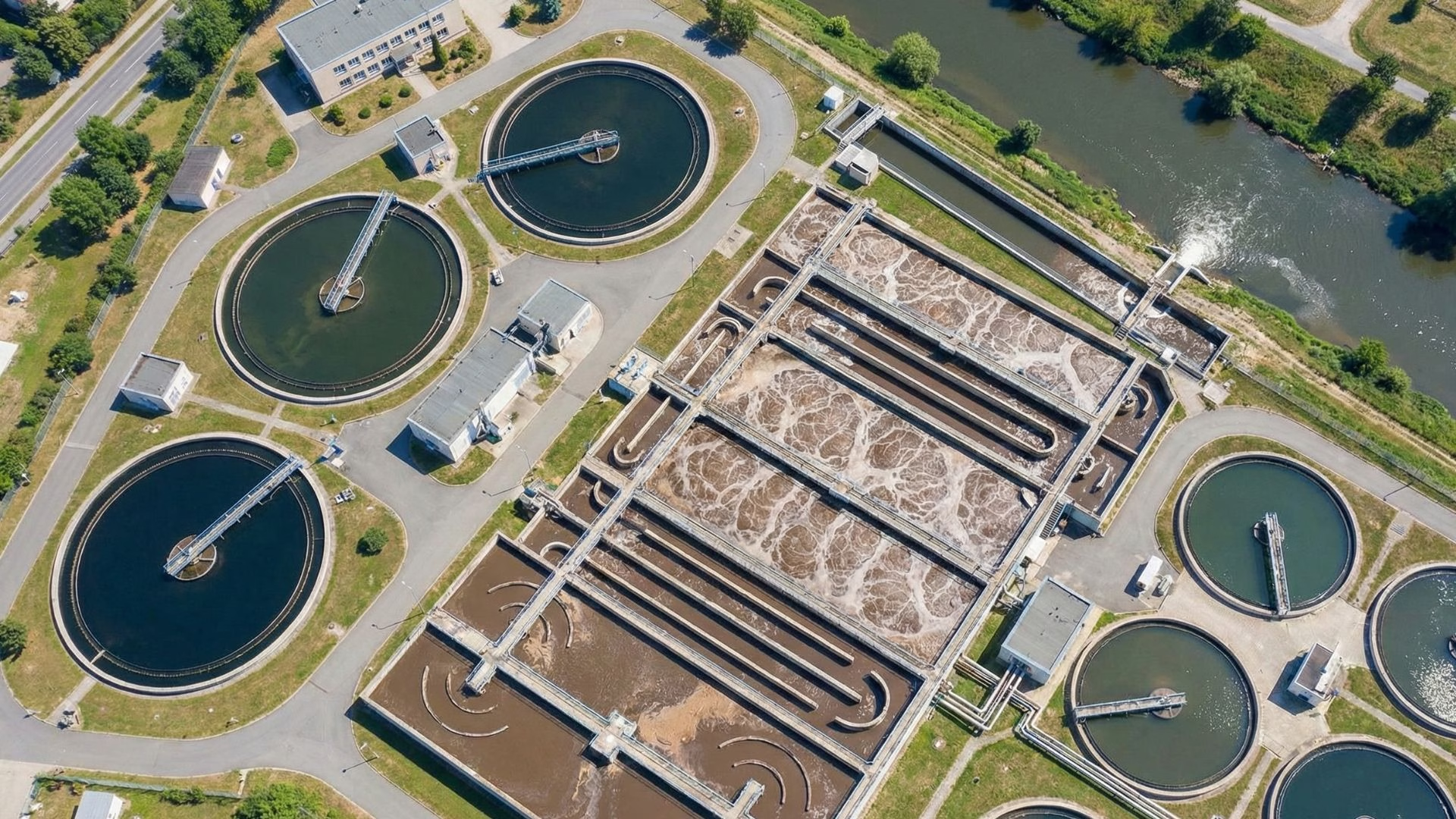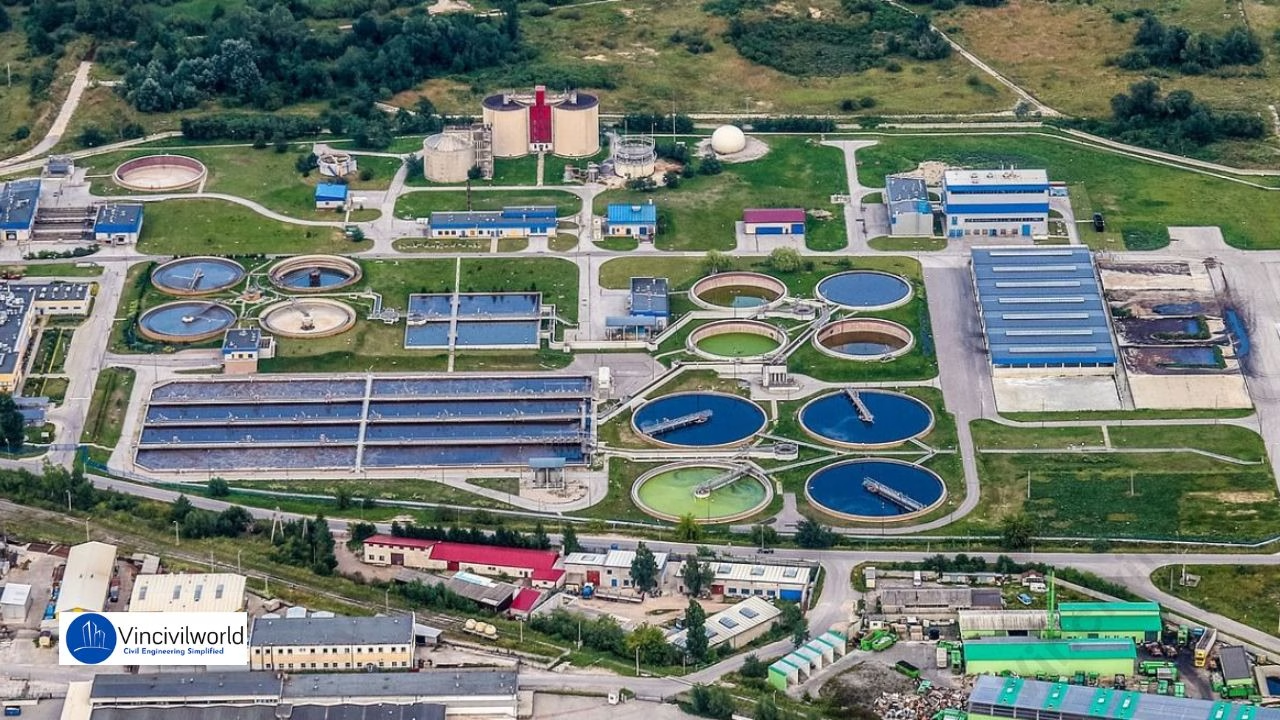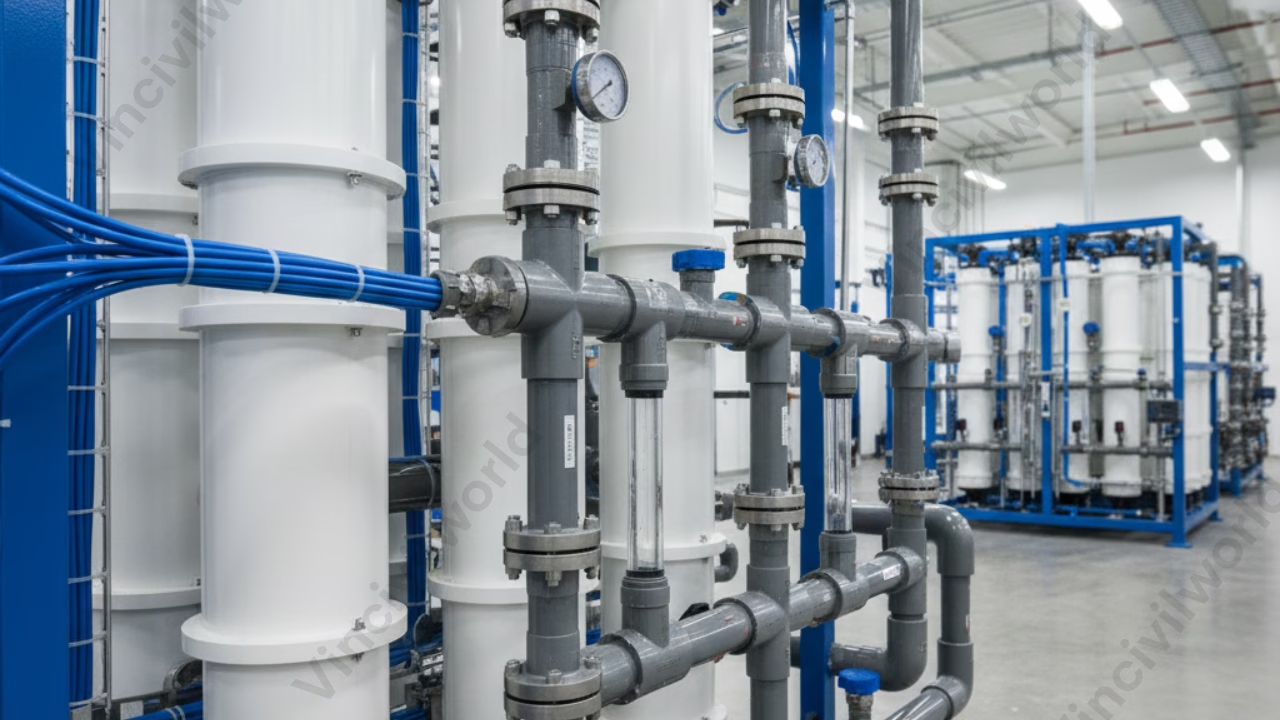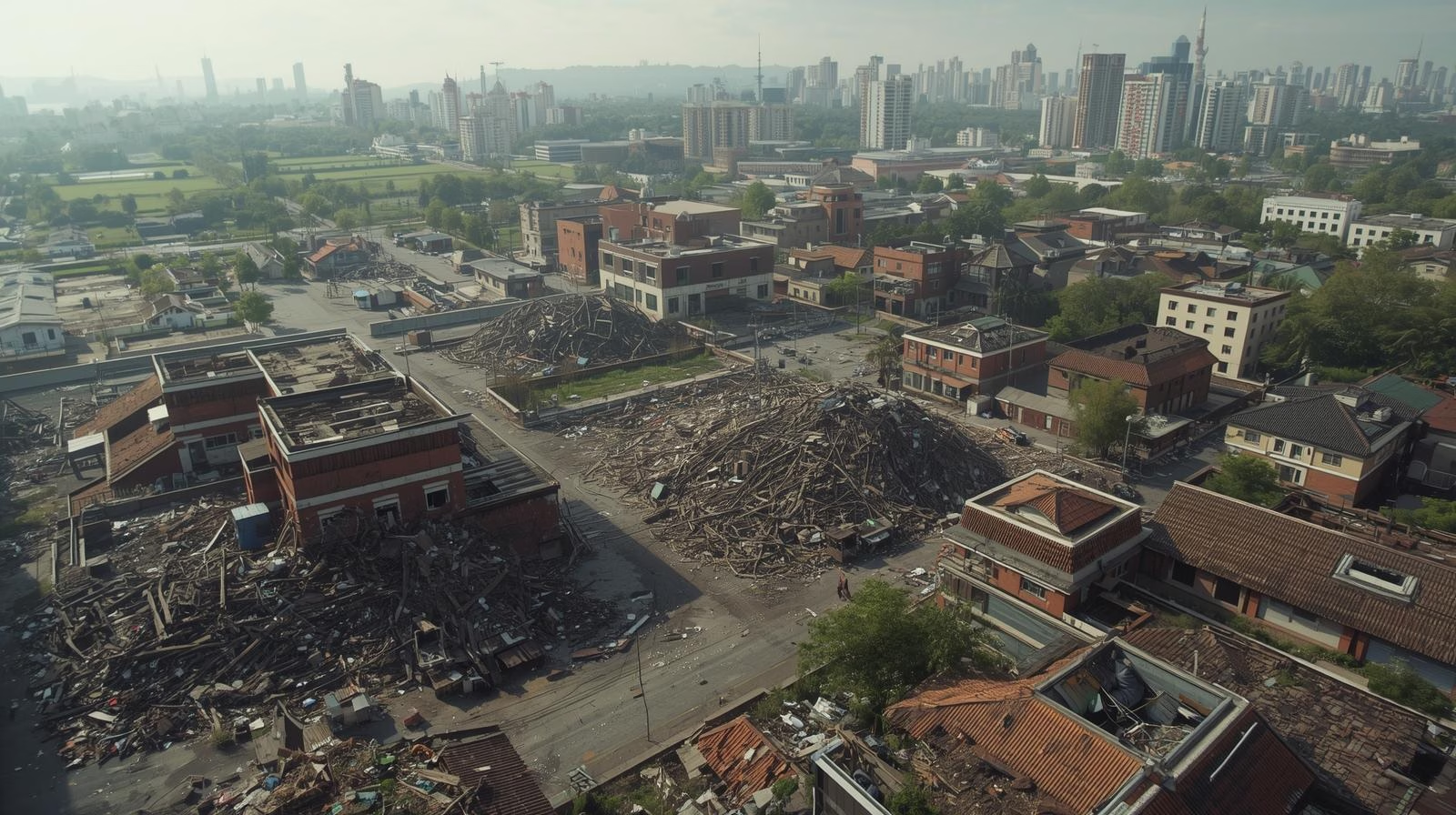Air Quality Index in Delhi – AQI categories and Causes
According to the recently released IQAir AirVisual 2020 World Air Quality Report, India is home to 15 of the world’s 20 most polluted cities. Would you believe it if I say that a public emergency was declared in a city after its air quality index plunged to ‘severe plus’ levels of about 530? This happened nowhere other than New Delhi. Read on to find more about the Delhi Air Quality Index and what were the causes of this extreme level of pollution.

